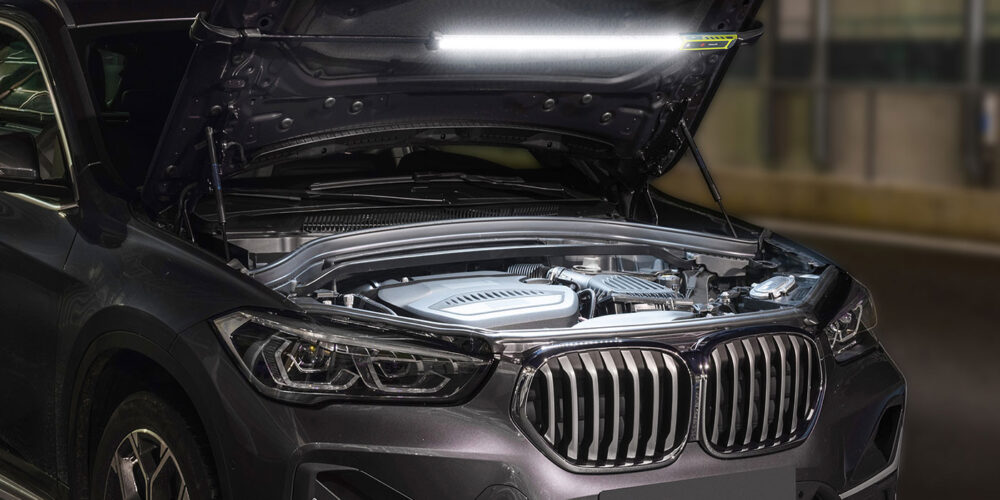v>
Philips Announces Xperion 6000 LED Under Hood Work Light
It features a motion detection switch that allows mechanics to turn the light on and off with a wave of their hand.
Lumileds announced the Philips Xperion 6000 Under Hood LED Work Light, which it says is designed to help make auto service professionals more productive. This advanced LED work light features a motion detection switch that allows mechanics to turn the light on and off with a wave of their hand, so they can operate it without putting down tools or interrupting their work, the company said.
Servicing Mercedes-Benz AMG Brakes
Take a look at some of the things you need to know in order to service the brakes on a Mercedes-Benz AMG vehicle.

AUDI Outside Air Temperature Readings
Incorrect readings can be avoided.

Mercedes-Benz ABC Suspensions
The system provides great ride & handling, but it can be complicated to service if you do not have the right training.

Audi TFSI/FSI: Oil Consumption And Carbon Buildup
Technical Service Bulletins can be valuable in helping solve vehicle problems. But sometimes, it takes multiple TSBs to find a pattern failure or the “root cause” of a problem. In the case of the Audi/VW 2.0L Fuel Stratified Injection (FSI) engine introduced in 2006, three problems related to engine carbon and fuel issues are connected

Other Posts
Snap-on Announces Latest Software Release
The latest software includes new coverage, guided component tests and features.
Continental Tire Opens Retread Solutions Center in South Carolina
The company said it hopes to uncover new improvements and technologies to innovate the retread process.
Philips Announces GoPure GP5212 Automotive Air Purifier
It uses a 3-layer filter to deliver cleaner, healthier, fresher air on the go, Lumileds said.
AACF Launches 65th Anniversary Fundraising Initiative
The campaign aims to raise $65,000 through 1,000 donations of $65 each.




